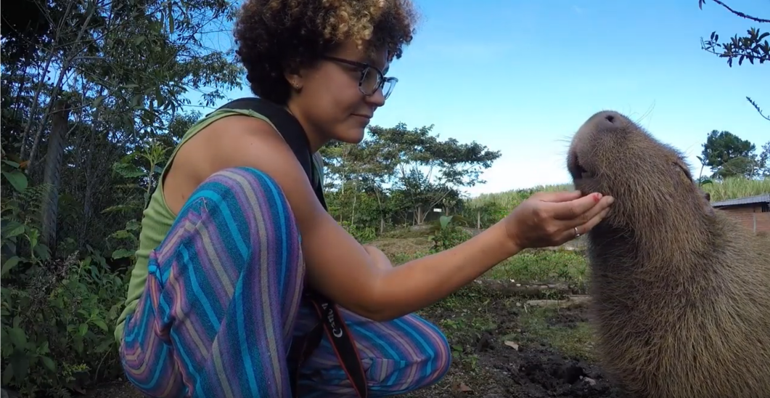

Today we’d like to introduce you to Lydia Marie Hicks.
Lydia Marie, please kick things off for us by telling us about yourself and your journey so far.
I’ve always been a person who is passionately curious and embraces life and its multitudes. As a kid, I split time with my mother in upstate, NY, and my father in central Ohio. I always saw school as a refuge and worked really hard in class; back then, I thought it was all about hard work. Oswego in upstate NY is a really racist conservative place, as was much of my mother’s family so I would retreat to nature whenever I could. I didn’t feel bitter about it; it was more of a safety thing, and an effort to communicate with plants and animals. The experience made me very perceptive analytical political and creative. I laugh as deeply as I cry, and I’ve been in love with science, art, and history for as long as I can remember.
My junior year of high school, I made a playlist of California songs that I listened to on my way to school every day. I was able to graduate early and had saved enough for a ticket to California the day after my classes ended. My first week in undergrad, I called the Discovery Channel to tell them I had always wanted to work for them and wondered what classes I should take. It was just someone in their HR department, but I took everything they said (zoology, business, communication, scuba diving, and francophone studies).
In 2011 I worked with sharks in South Africa (cageless) and got my first National Geographic credits. I used the footage from my experience to create my first experimental film, and that work got me into graduate school at CalArts for film and video. Helping to document scientific work has become my favorite process for creating. Since finishing school, I am just continuing what I’ve been doing; exploring life and deep-diving into any discipline that can help translate a feeling that I am exploring.
Can you give our readers some background on your art?
I do freelance work as a teacher, a cinematographer and have a small group of brilliant directors that I love working with. I also have a number of series projects that I am developing at the moment. The process behind my passion pieces involves working with animals and scientists in the field, a fair bit of meditation on my observations, and then developing pieces from that work. These passion pieces have been evolving into multi-disciplinary installation works where I use wildlife as a vehicle to explore traumas around identity through world-building.
I mentioned working with sharks in 2011. After licensing some of the work to National Geographic and a few feature films, I created a piece comparing representations of black people in the media with sharks (A Shark Song). That work has further developed into an installation piece healing ritual (Black in the Water) about black people and our experiences with swimming.
In 2015 and 2016, I was invited to Ecuador to help document research at a biological station run by faculty at UNC Wilmington and Francis Marion University. Some of the footage from those expeditions has evolved into an installation that uses hummingbirds as a vehicle to explore poverty anxiety and capitalism.
The last few years, I have been working with students at Interlochen Arts Academy as they convert a pine plantation back into a healthy native forest. As a part of that process, Interlochen is sponsoring the development of a TV series that I have wanted to make since I was a child.
And finally, I just returned from the Philippines where I was invited to document a group of botanists who are doing a plant survey of the archipelago over the next five years with funding from the National Science Foundation and several partnering universities and botanical gardens.
When I list my work in that way it seems very streamlined, but I have also been rebuilding vintage trailers and cars for a mobile artist community, creating several surreal narrative film projects, music videos, starting a nonprofit to help preserve black historical sites, and exploring Ph.D. programs in ecology.
In your view, what is the biggest issue artists have to deal with?
Our biggest challenge today is consumer obsessed capitalism. It is used as a tool to further marginalize groups and it’s destroying the planet. Many artists, especially those of us who are low income, need to figure out ways to split our time or sell out. This is not a new problem, but it tarnishes the creative process at every stage. We all need art to survive, but when art is created for survival, it often silences the voice of its creator.
What’s the best way for someone to check out your work and provide support?
I have a fresh patreon page that would love your love!
https://www.patreon.com/lydiamariehicks
Contact Info:
- Website: https://lydiamarie007.wixsite.com/portfolio
- Email: [email protected]
- Instagram: lydiamariehicks
- Twitter: lydiamarie007



 Image Credit:
Image Credit:
Andre Cronje, Jessica Josselyn Macdonald, Carolina Charry
Getting in touch: VoyageLA is built on recommendations from the community; it’s how we uncover hidden gems, so if you know someone who deserves recognition, please let us know here.













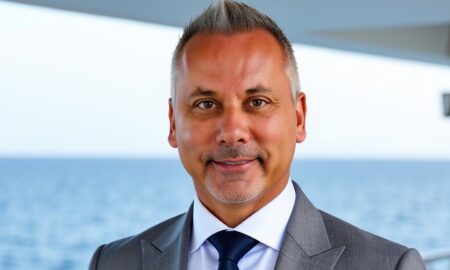
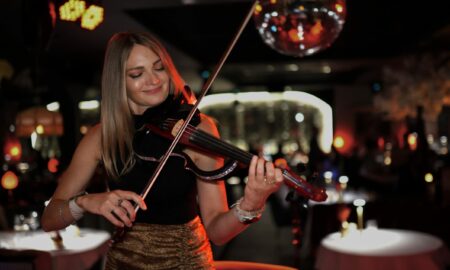

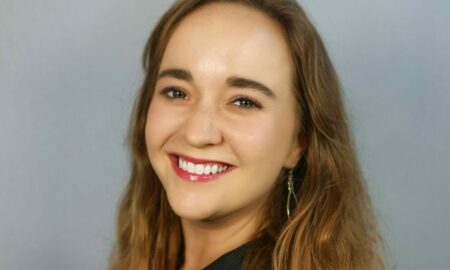
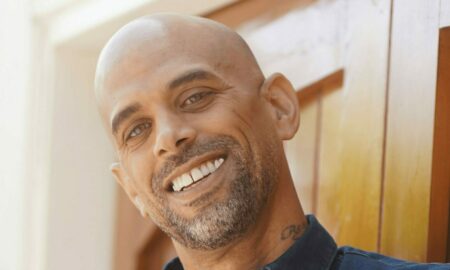
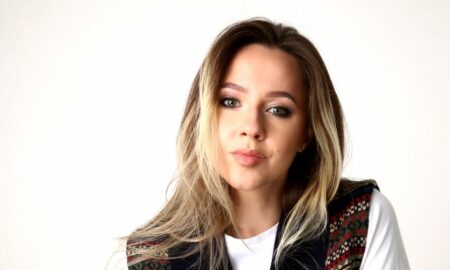
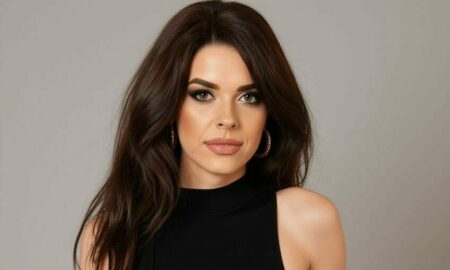
Rosemarie
July 31, 2019 at 23:39
This is brilliant. So much great work and talent that is so unique, while being conscientious of our precious earth. The media – the world needs more with this type of compassionate viewpoint and this vision.